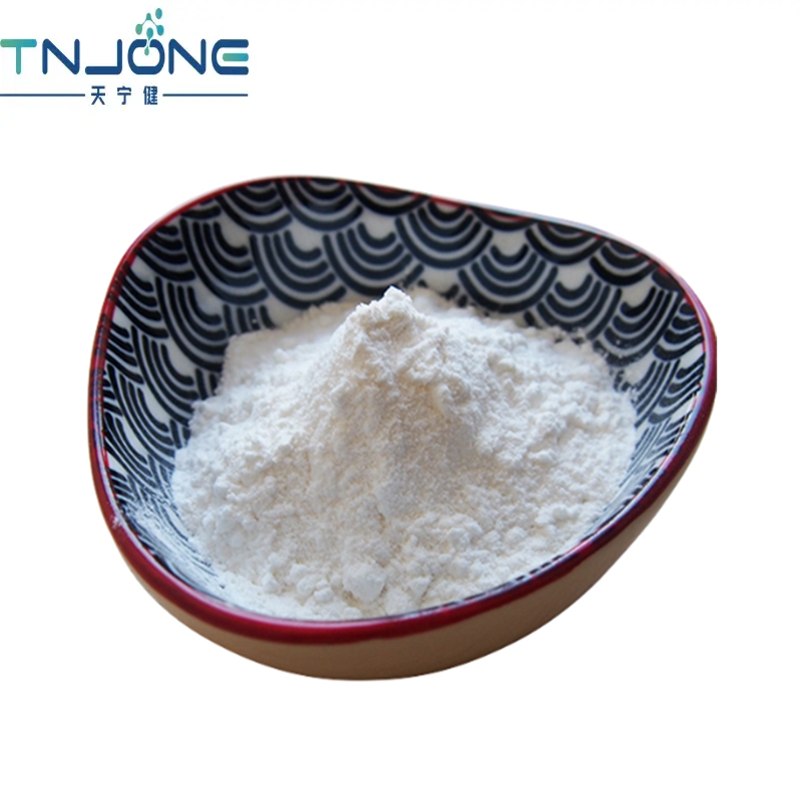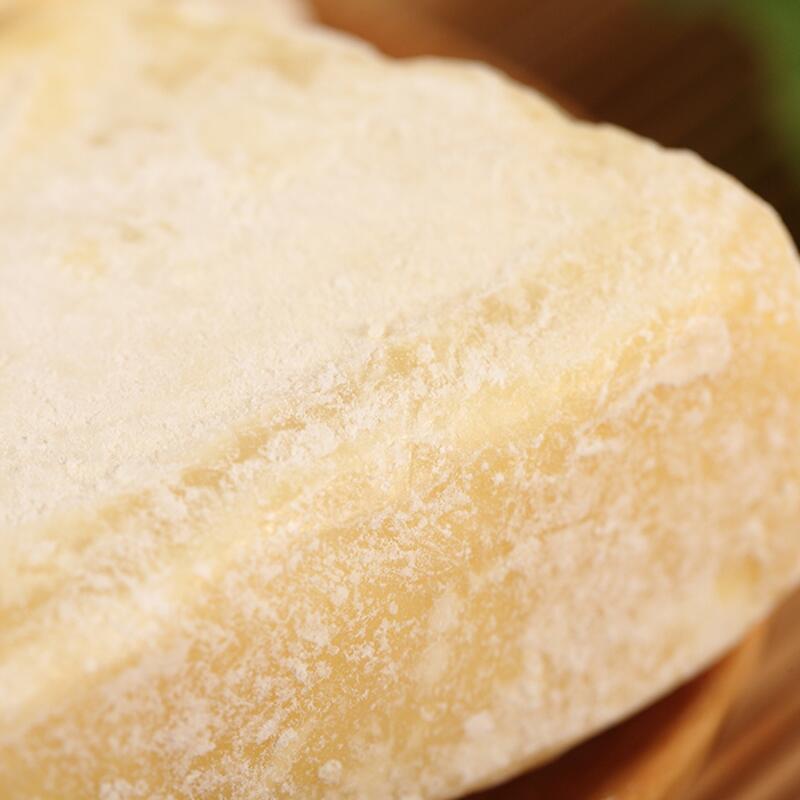-
Categories
-
Pharmaceutical Intermediates
-
Active Pharmaceutical Ingredients
-
Food Additives
- Industrial Coatings
- Agrochemicals
- Dyes and Pigments
- Surfactant
- Flavors and Fragrances
- Chemical Reagents
- Catalyst and Auxiliary
- Natural Products
- Inorganic Chemistry
-
Organic Chemistry
-
Biochemical Engineering
- Analytical Chemistry
-
Cosmetic Ingredient
- Water Treatment Chemical
-
Pharmaceutical Intermediates
Promotion
ECHEMI Mall
Wholesale
Weekly Price
Exhibition
News
-
Trade Service
According to the Vietnam News Agency, a representative of the Ministry of Agriculture and Rural Development of Vietnam announced that the area of fruit trees planted in Vietnam will increase rapidly in 2020, reaching approximately 1.
1 million hectares, an increase of 32,800 hectares over 2019.
Most of the main fruit tree varieties in all parts of Vietnam are showing a trend of increasing both the yield and quality.
In terms of specific varieties, the output of foodmate.
net/tag_3505.
html" class="zdbq" title="Mango related food information" target="_blank">mango in 2020 will reach 880,000 tons, an increase of 4.
9%; the output of foodmate.
net/tag_826.
html" class="zdbq" title="Pitaya related food information" target="_blank">dragon fruit will reach 1.
36 million tons, an increase of 8.
8%; the output of foodmate.
net/tag_219.
html" class="zdbq" title="Orange related food information" target="_blank">oranges will reach 1.
1 million tons, an increase of 8.
14%; the output of foodmate.
net/tag_3142.
html" class="zdbq" title="Pomelo related food information" target="_blank">grapefruit will reach 830,000 tons, an increase of 1.
35 %.
1 million hectares, an increase of 32,800 hectares over 2019.
Most of the main fruit tree varieties in all parts of Vietnam are showing a trend of increasing both the yield and quality.
In terms of specific varieties, the output of foodmate.
net/tag_3505.
html" class="zdbq" title="Mango related food information" target="_blank">mango in 2020 will reach 880,000 tons, an increase of 4.
9%; the output of foodmate.
net/tag_826.
html" class="zdbq" title="Pitaya related food information" target="_blank">dragon fruit will reach 1.
36 million tons, an increase of 8.
8%; the output of foodmate.
net/tag_219.
html" class="zdbq" title="Orange related food information" target="_blank">oranges will reach 1.
1 million tons, an increase of 8.
14%; the output of foodmate.
net/tag_3142.
html" class="zdbq" title="Pomelo related food information" target="_blank">grapefruit will reach 830,000 tons, an increase of 1.
35 %.
In order to increase the yield of fruit trees and improve the quality of fruit, the Ministry of Agriculture and Rural Development of Vietnam requires all localities to issue relevant policies to support enterprises and cooperatives to select and breed perennial fruit tree seedlings, assist in rejuvenating seeds, select high-purity, high-quality and high-yield seeds, and promote centralized production in accordance with local conditions.
The adjustment of the crop structure in the park is closely integrated with the implementation of policies to support investment in post-harvest preservation, processing, and sales of fruits and vegetables.
The adjustment of the crop structure in the park is closely integrated with the implementation of policies to support investment in post-harvest preservation, processing, and sales of fruits and vegetables.
Vietnam is currently the 16th largest foodmate.
net/tag_227.
html" class="zdbq" title="Export-related food information" target="_blank">exporter of agricultural products in the world and the second largest foodmate.
net/tag_227.
html" class="zdbq" title="" target="_blank">exporter of agricultural products in ASEAN.
A variety of agricultural products, especially tropical foodmate.
net/tag_1740.
html" class="zdbq" title="Fruit related food information" target="_blank">fruits, are among the best in the world.
However, the increase in output in 2020 did not bring about the increase in exports.
Also according to the data of Vietnam’s agricultural and rural development, in the first September of 2020, Vietnam’s fruit and vegetable exports reached US$2.
5 billion, a year-on-year decrease of 11%.
It is difficult to complete exports in 2020.
Billion dollar fruit and vegetable export plan.
Among them, exports to foodmate.
net/tag_5027.
html" class="zdbq" title="China-related food information" target="_blank">China were only 1.
4 billion U.
S.
dollars, a sharp decrease of 25.
9% year-on-year, which became the main reason for the decline in Vietnam's fruit and vegetable exports.
In addition to China, Vietnam’s export offices to other major fruit export markets, such as the European Union, the United States, Japan, South Korea and Australia, have shown slight growth.
net/tag_227.
html" class="zdbq" title="Export-related food information" target="_blank">exporter of agricultural products in the world and the second largest foodmate.
net/tag_227.
html" class="zdbq" title="" target="_blank">exporter of agricultural products in ASEAN.
A variety of agricultural products, especially tropical foodmate.
net/tag_1740.
html" class="zdbq" title="Fruit related food information" target="_blank">fruits, are among the best in the world.
However, the increase in output in 2020 did not bring about the increase in exports.
Also according to the data of Vietnam’s agricultural and rural development, in the first September of 2020, Vietnam’s fruit and vegetable exports reached US$2.
5 billion, a year-on-year decrease of 11%.
It is difficult to complete exports in 2020.
Billion dollar fruit and vegetable export plan.
Among them, exports to foodmate.
net/tag_5027.
html" class="zdbq" title="China-related food information" target="_blank">China were only 1.
4 billion U.
S.
dollars, a sharp decrease of 25.
9% year-on-year, which became the main reason for the decline in Vietnam's fruit and vegetable exports.
In addition to China, Vietnam’s export offices to other major fruit export markets, such as the European Union, the United States, Japan, South Korea and Australia, have shown slight growth.
China has long been Vietnam’s largest export market for agricultural products and fruits and vegetables.
At present, Vietnam has 9 kinds of fruits including dragon fruit, watermelon, lychee, longan, banana, mango, jackfruit, rambutan and mangosteen that can be exported through formal trade channels.
China.
In 2019, Vietnam’s agricultural exports to China amounted to 10.
9 billion U.
S.
dollars, accounting for 24% of Vietnam’s total exports of major agricultural, forestry and aquatic products, with a trade surplus of 6.
1 billion U.
S.
dollars.
From January to September 2020, the total import and export of agricultural products between Vietnam and China exceeded US$9.
8 billion, a decrease of 8.
6% over the same period last year.
Most of the main products exported from Vietnam to China have shown a downward trend.
The outbreak of the new crown pneumonia and stricter border import and export control policies are the main reasons for the decline.
At present, Vietnam has 9 kinds of fruits including dragon fruit, watermelon, lychee, longan, banana, mango, jackfruit, rambutan and mangosteen that can be exported through formal trade channels.
China.
In 2019, Vietnam’s agricultural exports to China amounted to 10.
9 billion U.
S.
dollars, accounting for 24% of Vietnam’s total exports of major agricultural, forestry and aquatic products, with a trade surplus of 6.
1 billion U.
S.
dollars.
From January to September 2020, the total import and export of agricultural products between Vietnam and China exceeded US$9.
8 billion, a decrease of 8.
6% over the same period last year.
Most of the main products exported from Vietnam to China have shown a downward trend.
The outbreak of the new crown pneumonia and stricter border import and export control policies are the main reasons for the decline.
The European Union is an emerging market vigorously explored by Vietnam's fruit and vegetable products.
In July 2020, Vietnam and the European Union Free Trade Agreement (EVFTA) came into effect, canceling 94% of the tax items (547 tax items) of Vietnamese fruits and vegetables and their products exported to the EU.
The EU is currently Vietnam’s fourth largest export market for fruits and vegetables.
The EVFTA’s import tariff reduction and exemption regulations will enhance Vietnam’s competitiveness, surpassing those of Thailand, China, Malaysia, Indonesia and other competitors that have not signed an FTA with the EU.
In the first eight months of this year, Vietnam’s fruit and vegetable exports to the EU market increased by 6% year-on-year.
According to official forecasts, by 2025, Vietnam’s exports to the EU will increase by 42.
7%, and the EU will become Vietnam’s second largest export market, helping Vietnam’s GDP grow by 4.
6%.
In July 2020, Vietnam and the European Union Free Trade Agreement (EVFTA) came into effect, canceling 94% of the tax items (547 tax items) of Vietnamese fruits and vegetables and their products exported to the EU.
The EU is currently Vietnam’s fourth largest export market for fruits and vegetables.
The EVFTA’s import tariff reduction and exemption regulations will enhance Vietnam’s competitiveness, surpassing those of Thailand, China, Malaysia, Indonesia and other competitors that have not signed an FTA with the EU.
In the first eight months of this year, Vietnam’s fruit and vegetable exports to the EU market increased by 6% year-on-year.
According to official forecasts, by 2025, Vietnam’s exports to the EU will increase by 42.
7%, and the EU will become Vietnam’s second largest export market, helping Vietnam’s GDP grow by 4.
6%.







